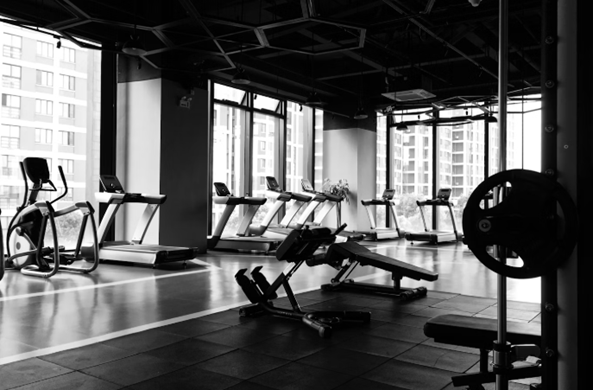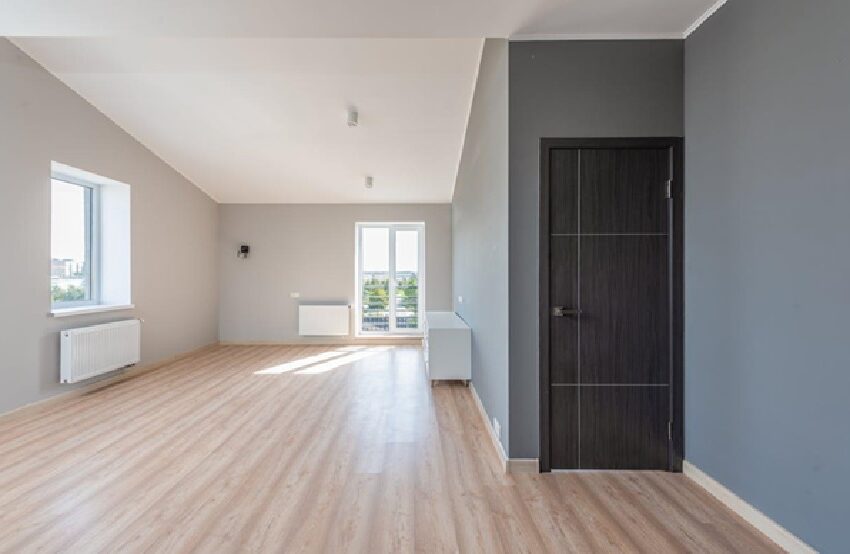As cities continue to expand and populations increase, noise pollution becomes an increasingly common issue. From busy highways to bustling urban centers, the constant hum of traffic and other urban sounds can have a significant impact on our health, happiness, and even our ability to concentrate. One of the most common solutions to this problem is the installation of sound barriers, such as walls or fences, to reduce the amount of noise that reaches neighboring properties or even our own homes. However, before investing in such solutions, it’s important to understand just how durable and effective these sound barriers really are.
1. The level of durability of sound barriers is dependent on the material used
Sound barriers are an effective way to prevent or reduce outdoor noise pollution. They can be found beside highways, railways and airports, and other areas where noise pollution could be problematic. The level of durability of sound barriers is a crucial factor in their effectiveness.
It is key to select the right material for a sound barrier to ensure it can withstand its intended use and exposure to outdoor elements. Factors that affect sound barrier durability include weather conditions, UV exposure, wind and environmental pollutants.
Materials such as concrete, steel, and masonry exhibit excellent durability compared to other options. In contrast, materials such as wood, plastic, and other composites offer less durability but still can be effective when installed and maintained efficiently. It is important to carefully assess and consider the durability of sound barriers and their lifespan to determine the best options for your specific needs.
2. Sound barriers are known to be more durable when made of a combination of materials
Sound barriers are crucial in reducing noise pollution, especially in urban areas. It is essential to ensure that they are durable enough to serve their intended purpose effectively. Sound barriers are often made of different materials, including concrete, wood, plastic, and metal.
However, research has shown that sound barriers that combine several materials are known to be more durable. A combination of materials such as wood, concrete, metal, or plastic can enhance the barrier’s structural integrity, making it long-lasting and resistant to harsh weather conditions that may lead to wear and tear. Besides, using soundproofing materials like mineral wool or rubber can add an extra layer of durability and reduce the sound that penetrates the barrier.
3. Effective sound barriers are made with materials that are weather-resistant
When it comes to constructing sound barriers, durability is a crucial factor to consider. An effective sound barrier must be made with materials that can withstand the elements, particularly weather-resistant materials. The harsh effects of the outdoor environment can significantly impact the longevity of a sound barrier, thus compromising its ability to perform its intended function.
Sound barriers made with weather-resistant materials, such as concrete, steel, and reinforced glass, offer excellent resistance to wind, rain, snow, and extreme temperatures, ensuring their long-term stability and reliability. Therefore, it’s essential to select a durable sound barrier with robust materials to achieve the best sound attenuation, reduce noise pollution, and promote a peaceful and safe environment.
4. Regular maintenance and repairs can help keep sound barriers in optimal condition over time.
Sound barriers are designed to reduce the transmission of noise from one area to another. These structures are typically made of concrete or other materials that are durable and long-lasting. However, over time, exposure to extreme weather conditions, vehicle collisions, and vandalism can cause damage to sound barriers.
Regular maintenance and repairs can help keep sound barriers in optimal condition over time. This can help prevent further damage, extend the life of the structure, and ensure that the barrier continues to provide effective noise reduction. Maintenance tasks may include routine cleaning, inspection of fasteners and anchors, and repair of any damage identified.
When repairs are needed, it is essential to use the proper materials and techniques to ensure that the structure remains strong and effective. Long-term durability and performance of sound barriers can be achieved with regular attention and care.








